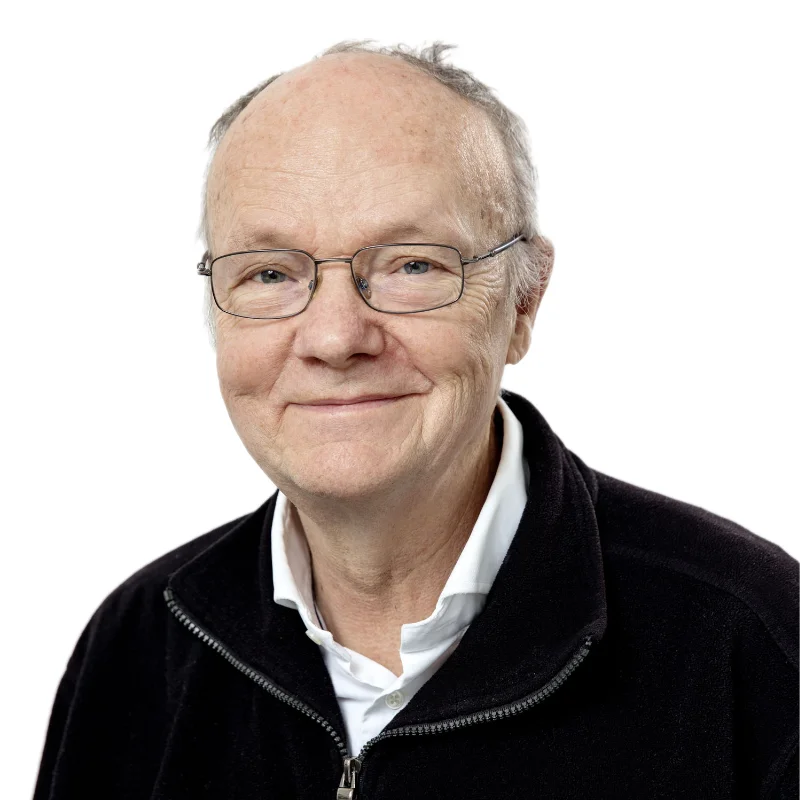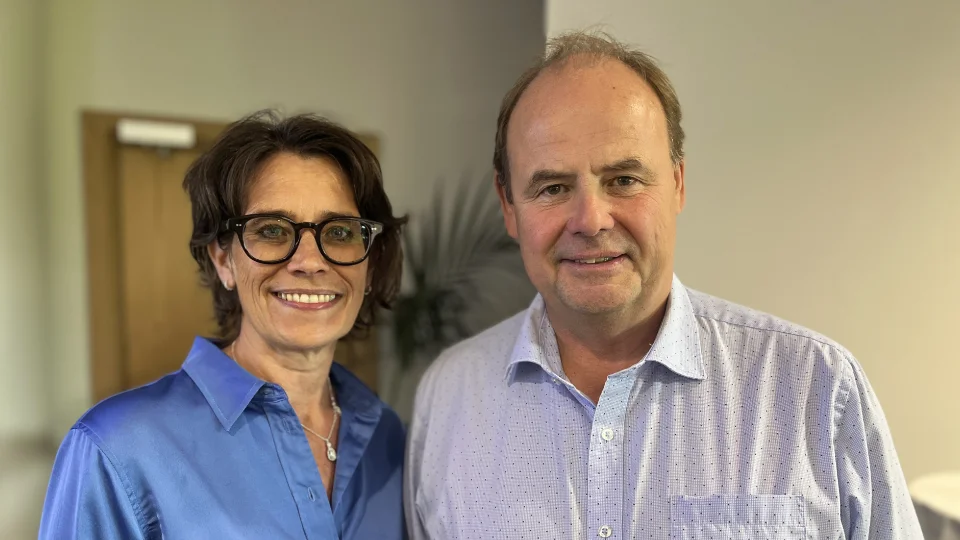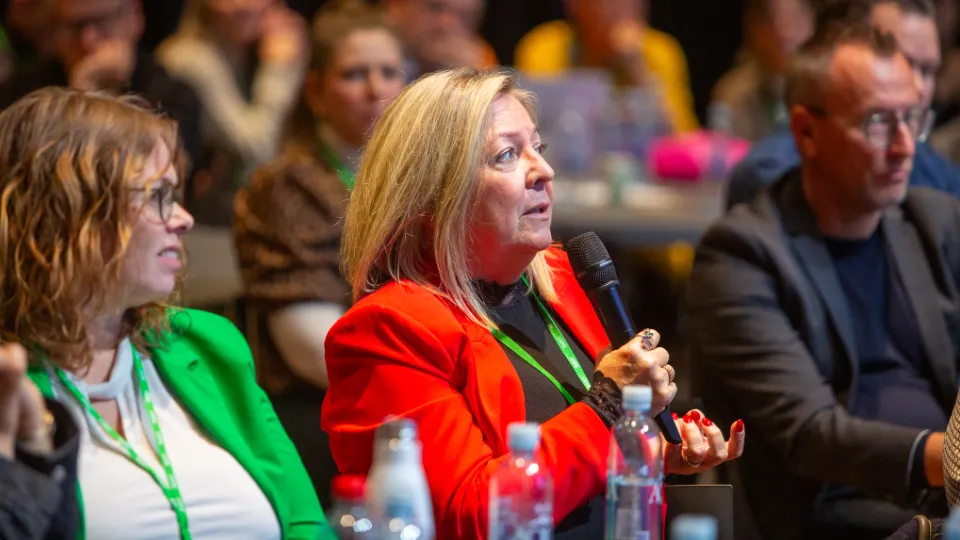Adults with low skills
Levels 0 to 1
Persons at level 0 and 1 in numeracy are able to perform simple mathematical tasks, such as counting, adding small numbers or sorting. These persons’ ability to understand and handle mathematical information is limited. People with low skills in problem solving with IT are defined as respondents at level 0 (below 1) at a scale from 0 to 500, as well as respondents with non-sufficient technical IT-skills, implying that they are not able to or did not want to take the test on the computer of the interviewer.
The share with low literacy skills is 16 per cent of the population aged 16 – 65 years in Denmark, 11 per cent in Finland and 13 per cent in Norway and Sweden. The share with low skills in numeracy is 13 per cent in Finland and 14-15 per cent in the other Nordic countries. As for problem solving with IT, the share of those with low skills is generally higher – between 25 and 30 per cent.
2.1 million people in the Nordic countries have low literacy skills
Those with low reading skills are a minority, but they amount to a large number of people. Around 2.1 million people in the Nordic countries have low literacy skills. Even if it may be discussed where precisely to set the limit for having “low” skills, there is no doubt that the number of people with low basic skills is very high.
Would it be possible to raise the literacy skills for those at level 0/1 to level 2 (the second lowest level) through adult education? It can be estimated that this would imply to raise the score with around 50 points, which, according to the calculations of the OECD equals 6 – 7 years of education. Even if we have to interpret these calculations with caution, they show that it is a very comprehensive task to raise the skills levels of those with the lowest skills. In the short term, this would probably not be possible. Thus, it is necessary to make priorities within adult education.
For whom are low skills a problem?
On average, those with low basic skills perform worse when it comes to employment and quality of life compared to those with higher skills. But low skills are not necessarily always a problem. Some of those having literacy skills at level 0/1 (lowest level) earn the same or more than those having skills at level 2. Some of those with low skills seem to have a reasonable quality of life. Thus, it is important to find out for whom low skills are an important problem.
The share of persons with low skills is especially high among those with a low educational level, older persons and persons not in employment. At the same time, we can see that there is a large number of persons with low skills also among those with vocational education, younger people and those being in employment. Hence, it is not easy to point out one target group for adult education in basic skills based on such social characteristics. Those with poor basic skills can be found nearly everywhere in the Nordic societies.
One of several possible ways is to focus on persons who seem to have or may encounter problems because of low skills, when you meet them at work, in the educational system, in the social system, in job centres (employment services) or in voluntary organisations. Insufficient basic skills as a possible reason why some people do poorly should always be on the agenda.
Formal vs. non-formal education and training
PIAAC distinguishes between formal and non-formal education and training. Formal education results in a qualification that is documented in some diploma or certificate approved by the educational authorities in a country. “Formal education” comes close to the concept of “education” in everyday language. Non-formal education and training in PIAAC includes:
- Courses arranged as distance education or online courses.
- Organized sessions for on-the-job-training or training by supervisors or co-workers.
- Seminars or workshops.
- Courses or individual teaching not included in the above-mentioned categories.
If a person has participated in at least one of these four activities, the person was coded as participant in “non-formal” education and training that can be job-related or not job-related. In PIAAC, the same terms and categories were used for all countries. Since adult education is organized differently in different countries, the PIAAC terminology does not precisely reflect the terms used in any country.
Age group 30 – 65 years
The analyses of adult education presented in the following cover the age group 30 – 65 years. The reason is that the PIAAC questionnaire does not precisely report whether the education/ training a person has participated in is part of adult education in the given country or of the general educational system targeted young people.
Around 60 per cent of the population aged 30 – 65 years participated in formal or non-formal education and training at least once during the last 12 months, according to results from PIAAC cycle 1. Non-formal education is the dominating type. Most of the adult education is job-related; most participation takes place during working hours and often the employer contributes considerably to covering the costs for participation.
About half of the population aged 30 – 65 years participated in non-formal education and training at least once during the last 12 months. The total average time spent on participation is estimated to be around 63 hours in Finland, 69 hours in Sweden, 74 hours in Norway and 81 hours in Denmark. If we combine frequency and volume of participation, one can estimate that the average volume of participation in non-formal education and training per person aged 30 – 65 years is 43 hours in Denmark, 37 hours in Sweden, 36 hours in Norway and 33 hours in Finland.
Many people want additional competences
Different factors explain variations in frequency and volume of participation. Those not being employed and immigrants participate less often in non-formal education and training – compared to those being employed and non-immigrants respectively. But when the latter groups participate, they spend considerably more time on participation. Older persons participate both less often and for fewer hours compared to younger ones. Women participate more often than men, except in Norway and Sweden, but duration of participation is not very different among women and men. The probability of participating increases with educational attainment and increasing literacy skills, but the duration of participation does not vary with educational level, and even seems to decrease with increasing literacy skills.
Even if many people participate in adult education and training every year, there is also a considerable number of people wanting additional competences. Between one fourth and one third of the 30 – 65-year-old persons in the Nordic countries indicated in PIAAC cycle 1 that they want more education and just as many of the employed persons report that they need more training for being able to perform their current work tasks well. Younger age, higher educational level and higher literacy skills increase the probability for reporting a desire for additional competences. But also among those with low literacy skills there is a widespread motivation for learning. Within this group, every third person reported that they (very) much want to learn. This may indicate that there is a big potential for learning that under the right circumstances may be activated.
All in all, results from PIAAC cycle 1 show that there are more similarities than differences between the Nordic countries when it comes to participation in adult education/ training and motivation for further learning.
References
OECD (2013). OECD Skills Outlook 2013: first results from the Survey of Adult Skills. OECD Publishing.




